No halo? Try a hat
This week we tell again the age-old story of the baby born in a manger. Creches crown our mantelpieces – Joseph standing guard, Mary kneeling beside the baby, maybe some cows and sheep and shepherds plus the requisite three wise men. In most of these sweet scenes, the baby’s head is surrounded by a halo, showing His holiness. Maybe that halo, along with an angel or two, also protected Jesus against the cold. All newborn babies need that protection, and because they don’t have halos, they need something more prosaic – they need hats.
The world loses more than 3.5 million newborns a year, according to UNICEF, and most of those deaths are completely preventable. Simple, cheap, well-known interventions can keep those babies alive – no miracle drugs are needed, no brave-new-world breakthroughs. If a birth attendant is there for the delivery, if the mother starts breastfeeding right away, if the baby gets an inexpensive tetanus shot and if someone tells the mother how to keep the umbilical cord clean and how to keep the baby warm, the newborn’s chances of survival skyrocket.



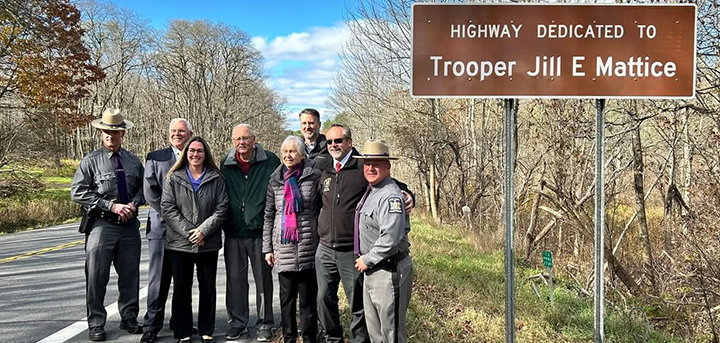

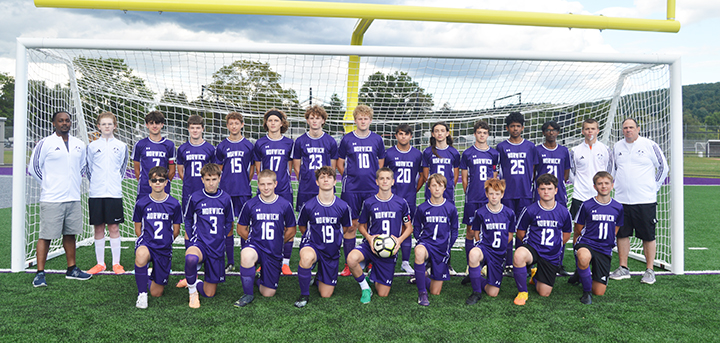
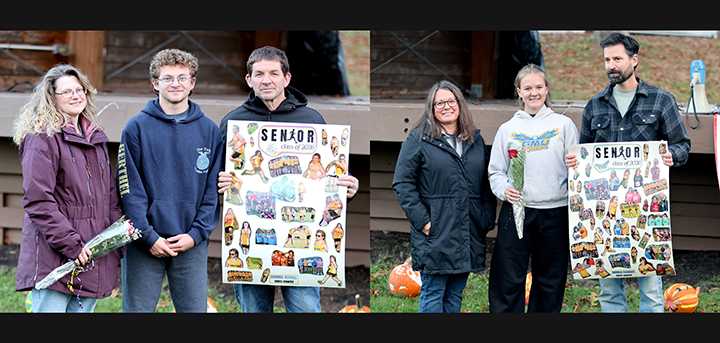

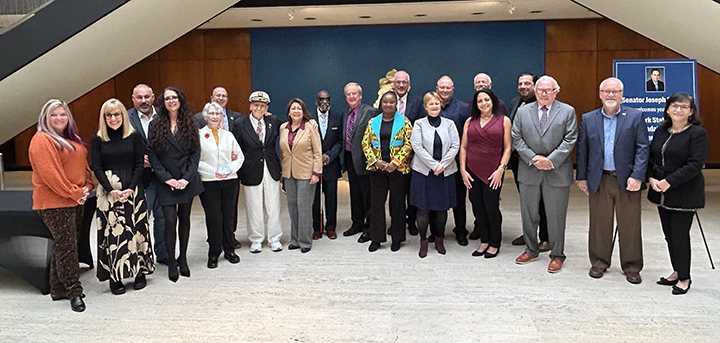
.jpg)
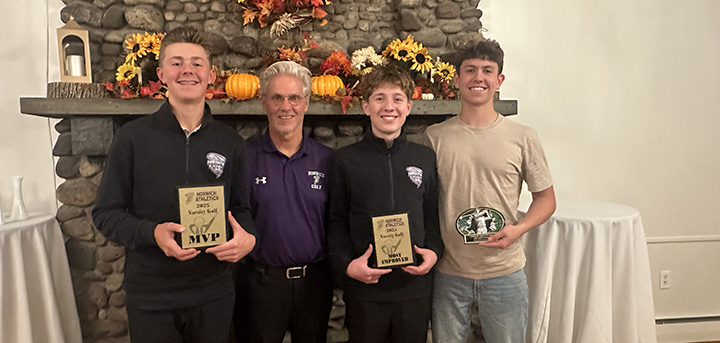
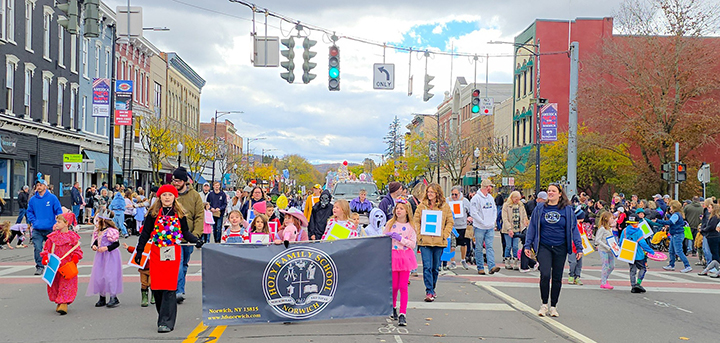

Comments